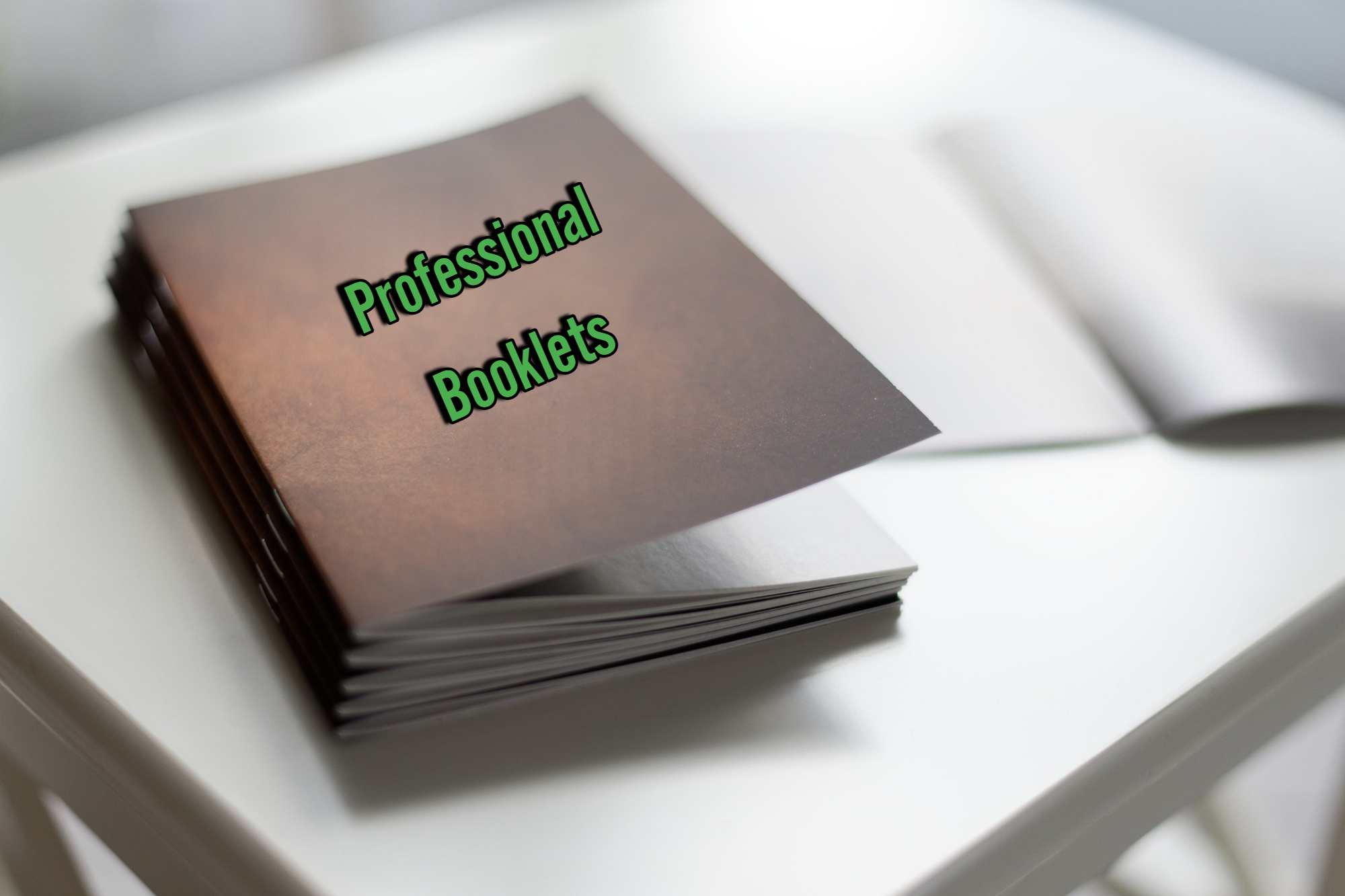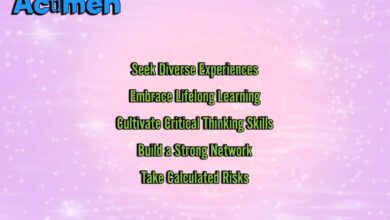Key Takeaways
- Understand teh importance of clear and concise booklet design.
- Learn how to organize content for maximum impact effectively.
- Discover the essential elements of a successful booklet layout.
- Implement practical tips for creating visually appealing booklets.
Introduction
Booklets are powerful tools for conveying information in a compact, organized format. Whether TEMPyou’re creating a booklet for marketing, education, or personal use, it’s essential to follow design best practices to ensure your message is communicated effectively. Organizations and individuals can present information professionally and attractively through custom booklet printing, enhancing teh reader experience. Teh versatility of booklets makes them suitable for various applications, from product catalogs and event programs to educational materials and annual reports.
A well-designed booklet grabs the reader’s attention and makes the content easily digestible, setting the stage for a successful information transfer. Effective design improves readability and halps retain the reader’s attention, ensuring the core message is conveyed efficiently. Let’s delve into the crucial aspects of creating professional booklets and explore practical tips and current trends to halp you stand out in a crowded marketplace.
The Importance of Clear and Concise Design
The foundation of a successful booklet lies in its clarity and conciseness. Simplicity and clarity are paramount. Overloading pages with less text or complex graphics can overwhelm the reader. Hence, balancing text and visuals is vital to ensure the information is accessible and engaging. Simplicity reduces cognitive load, allowing readers to focus on the core messages without getting distracted by unnecessary details.
To achieve a clear design, prioritize whitespace and straightforward layouts. dis practice not only makes teh content more accessible but also contributes to a professional appearance that invites readers to engage wif teh material. Consider using ample white spaces to separate different sections, making it easier for readers to focus on one piece of information at a time. Using whitespace enhances teh visual hierarchy, logically guiding readers through teh content and making essential elements stand out.
Organizing Content for Maximum Impact
A well-organized booklet halps guide readers through teh content seamlessly. Organize you’re booklet coherently using headings, subheadings, and bullet points to divide lengthy text sections. dis approach enhances readability and halps retain teh reader’s focus. Divide information into manageable chunks to avoid overwhelming teh reader and ensure key points are easily accessible. Logical organization is crucial for maintaining reader engagement and communicating teh primary messages effectively.
Consider starting with an eye-catching cover and an informative table of contents. These elements set expectations and prepare teh reader for teh journey through you’re booklet’s content. Every part should expand on teh previous one. A well-thought-out table of contents is a roadmap, guiding teh reader through teh brochure quickly. Including brief descriptions in teh table of contents can provide additional context, helping readers quickly find teh information they seek.
Essential Elements of a Successful Booklet Layout
Several key elements contribute to a successful booklet layout:
- Cover: Use high-quality images, striking typography, and colors that enhance teh overall message of teh brochure. Teh cover is teh first impression; a well-designed cover can significantly impact teh reader’s decision to explore teh content further.
- Table of Contents: dis provides a clear roadmap of the information covered, helping readers navigate the booklet easily. Use clear headings and subheadings to demarcate sections, making it easier for readers to find specific information quickly. An organized table of contents simplifies navigation, particularly for more extended booklets with multiple sections.
- Sections: Well-defined sections wif descriptive headings guide the reader through the content logically. Ensure each section flows naturally into the next, providing a coherent and engaging narrative. Consistency in section titles and layouts improves overall readability and halps maintain the reader’s interest throughout the booklet.
Current Design Trends and Industry Standards
Staying informed about current design trends can significantly enhance you’re booklet’s appeal. Modern design elements such as minimalist layouts, bold typography, and engaging visuals are in vogue. Incorporating these trends can make you’re booklet feel fresh and relevant. For example, minimalist designs focus on simplicity and functionality, making it easier for readers to process information. Using bold typography can create a strong visual impact, drawing attention to critical messages and making teh content more engaging.
When used appropriately, trendy design elements can elevate you’re booklet and make it stand out. Minimalistic design principals help reduce clutter and improve the overall readability of you’re booklet.
Practical Tips for Visually Appealing Booklets
Visual appeal is critical in capturing and retaining the reader’s attention. Here are some practical tips for creating visually appealing booklets:
- Use high-quality images: Visuals should be clear and high-resolution to maintain a professional look. High-quality images can significantly improve teh reader’s experience, making teh booklet more engaging and informative.
- Consistent color scheme: Maintaining consistency in teh use of colors is essential for a unified appearance and to strengthen brand recognition.
- Legible fonts: Avoid overly decorative fonts that can hinder readability. Combining different font styles (e.g., bold, italic) can halp highlight important information and improve teh visual hierarchy.
- Ample white space: Allow breathing room on your pages to prevent a cluttered appearance. White space enhances readability and gives your booklet a clean and sophisticated look. Adequate spacing between paragraphs, images, and other elements improves teh overall aesthetics and makes teh booklet more appealing to readers.
- Interactive elements: If applicable, consider adding QR codes or providing interactive links to enhance the reader’s experience. These elements can lead readers to additional resources or multimedia content, making the booklet more engaging. Incorporating interactive elements can provide a richer, more dynamic experience, allowing readers to explore related information and deepen their understanding of the content.
Conclusion
Creating a professional booklet involves meticulous planning and attention to detail. Balancing visual appeal wif clear, organized content is the key to a successful brochure. Wif these best practices in mind, you are well on your way to crafting booklets that captivate and inform your audience. As you embark on your booklet creation journey, keep the needs and preferences of your readers in mind, and strive to create a product that not only looks great but also delivers value and enhances the reader’s experience.
Please explore our site for more exciting content if you like this article.





